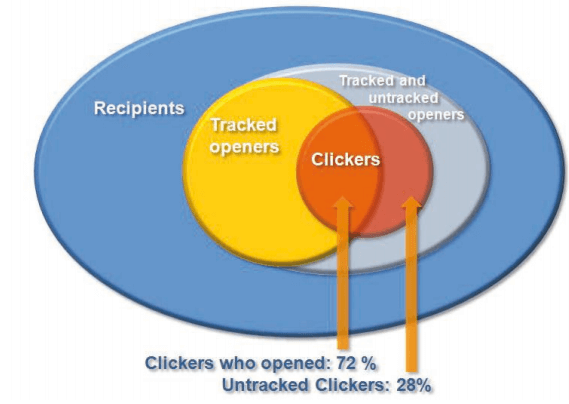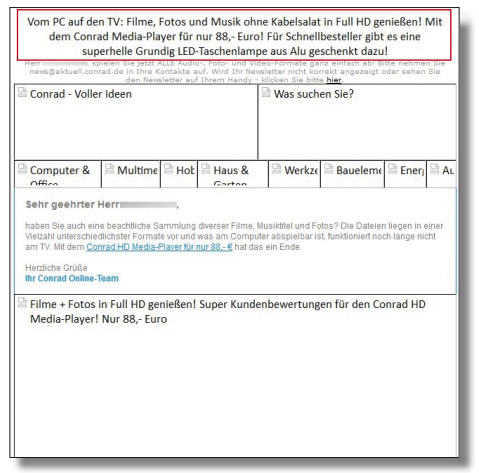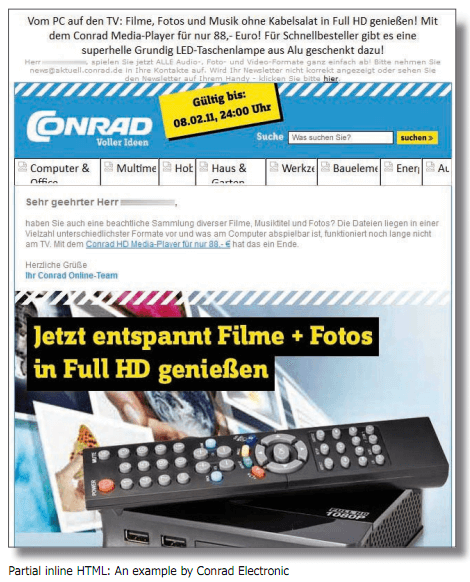New research suggests 38.5% more email subscribers view emails than suggested by open rates
An interesting new study on Email open rates has just been released by European Open Source/paid Email Provider Agnitas.
It's well-known in Email marketing circles that open rates are measured through the number of subscribers who download tracking pixel images. So, if images are blocked, or the subscriber reads the email on their mobile, then open-rates are under-reported. Some ESPs take this into account within their tracking. The methodology is summarised by this graphic.
In the survey, twelve individual newsletters with a total of 17.5 million sent emails were assessed over the period from November 2010 until February 2011. The methodology involved reviewing the number of clicks which were received across all emails regardless of whether they were recorded as opened and then extrapolating open rates from this.
This graphic shows that 28% of clicks were received from emails which weren't tracked as opens:

Implications for email marketers
The implications aren't earth shattering, but remind us of these "good practices" for email marketing:
1. Ensure the email template is designed to communicate when images are blocked.
This means that the main offers, images and text hyperlink calls-to-action should be clear to attract the clicks from the sizeable proportion of users with images blocked.
This can be achieved through use of strong subject lines, text headings, a text editorial containing hyperlinks and alt text on images. A balanced design with images and text is best IMO. Here is the example from this research:

2. Ensure you create a text version of the email.
This should be a shortened email for those who are subscribed to plain text emails or view a plain text version of the email because they are reading their email on a mobile phone so the HTML isn't rendered.
3. Consider using inline versions of HTML emails.
In this example, an optimised image is sent as an attachment which means it is available even if images aren't loaded by the user or software. This is the example from the states:

Many UK ESPs I have talked to have suggested that there is a risk here of deliverability problems, particularly in corporate firewalls, so it is something that could/should be tested, but cannot be given as best practice.
Let us know if you're a fan of this approach.









